Lucid Revs Up the Domestic Graphite Supply Chain
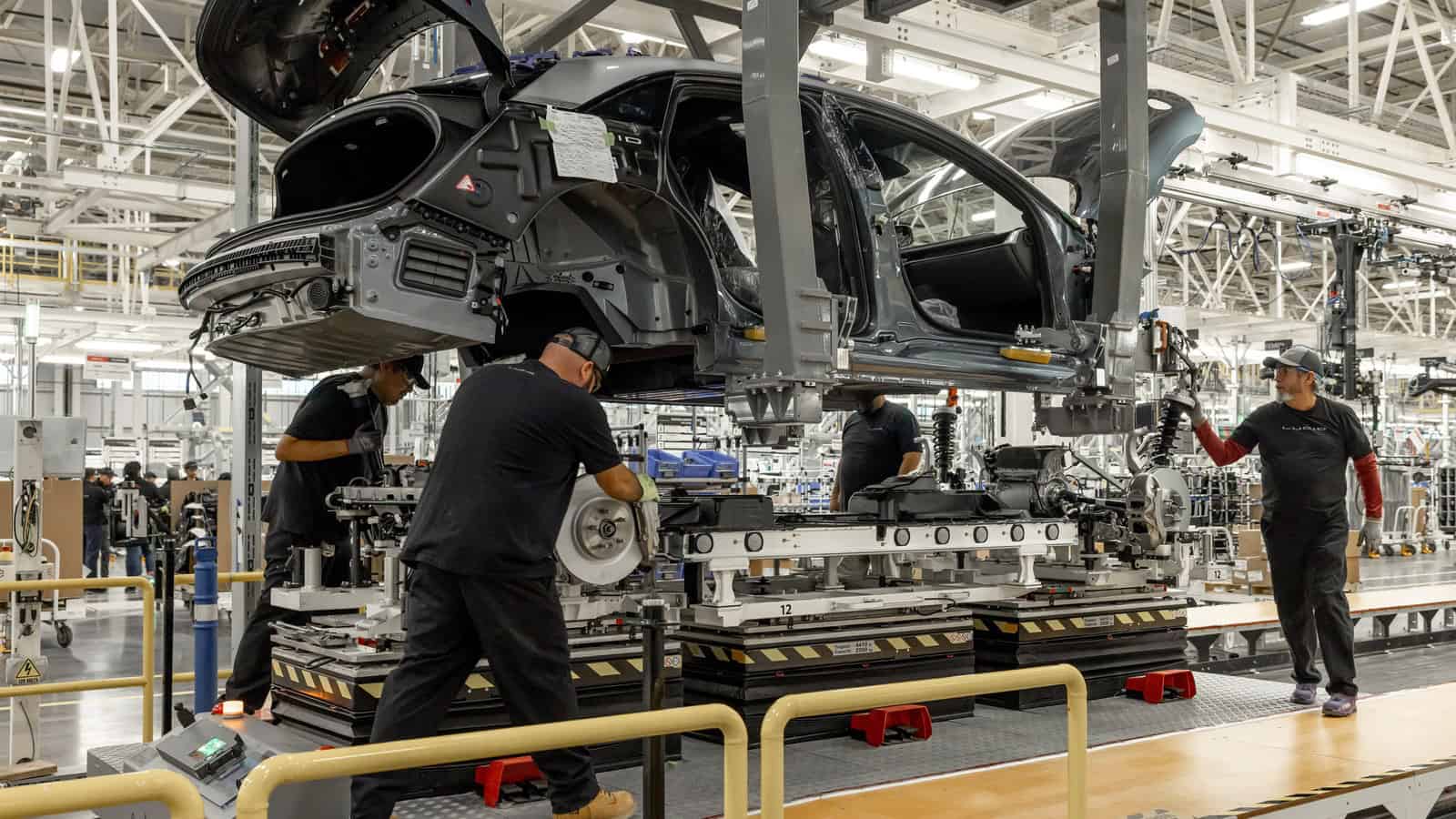
Lucid has already made one of the most energy-efficient cars on the market. Now the company is on a mission to strengthen supply chains for the critical materials powering its award-winning vehicles.
Supply chain warrior: The California-based electric vehicle manufacturer—whose 2025 Air Pure sedan is the first EV to achieve a milestone 5 miles of range per kilowatt of energy—recently reached an agreement with Alaskan mining exploration company Graphite One to purchase synthetic graphite for its vehicles’ battery packs.
- The deal, which goes into effect in 2028, is a crucial first step toward cementing a domestic supply chain of graphite, a mineral that makes up about half of every EV’s battery composition. EV batteries require both synthetic and natural graphite.
- “Today 100% of the graphite for batteries assembled in the U.S. comes from overseas,” said Lucid Motors Supply Chain Group Manager of Battery Raw Materials Michael Parton. “Building a robust domestic supply chain ensures the United States and Lucid will maintain technology leadership in this global race.”
Pandemic lesson: The global pandemic revealed the downside of depending on other nations for critical materials, and the importance of cultivating domestic sources instead.
- In 2020, “every company experienced major challenges when it came to shutdowns and global trade,” Parton said. “Having a domestic supply reduces production risk, accelerates response time and agility and lowers the need to carry higher levels of inventory.”
A midstream gap: When it comes to EV batteries and their supply chains, “much of the discussion is on localizing the bookends of the supply chain, the downstream battery production and the upstream mineral extraction,” Parton told us.
- Less discussed is the “midstream environment,” which comprises the precursor cathode active materials (P-CAM) and cathode active materials (CAM) stages. Materials used during these phases in the battery production process include critical minerals such as lithium, nickel and cobalt.
- The P-CAM market has been a difficult one to navigate, Parton added. For years, the P-CAM stage has been outsourced to countries with more cost-effective production. The problem: These countries also have less stringent environmental regulations than the U.S.
- “There’s limited investment announced [in the U.S.] in the refining and chemical conversion process at these stages, but it’s where the real need is,” Parton continued. “To promote localized sources of supply for mined and recycled minerals, there needs to be a domestic option for both P-CAM and CAM.”
A bipartisan issue: Lucid’s advocacy for a strong domestic supply chain has won bipartisan support in Congress.
- “There’s something in it for everyone when it comes to efficiency,” said Lucid Motors Senior Manager of International and Trade Policy Emily Patt, citing the environmental and self-sufficiency benefits of a resilient domestic supply chain.
What’s next: Lucid is expanding its vehicle lineup beyond the Air and the vehicle’s four trim levels.
- By the end of 2024, the company is scheduled to start production of the seven-passenger Lucid Gravity. The company has also teased an upcoming midsize platform, which is expected to start production in late 2026.
The grand vision: “The pursuit of efficiency drives Lucid as a company,” Patt said. “We’re not just making zero-emission cars; we’re committed to making the best use of the world’s resources to maximize the benefits for electrification and the planet.”
Trump’s First Term: A Historic Era for Manufacturing
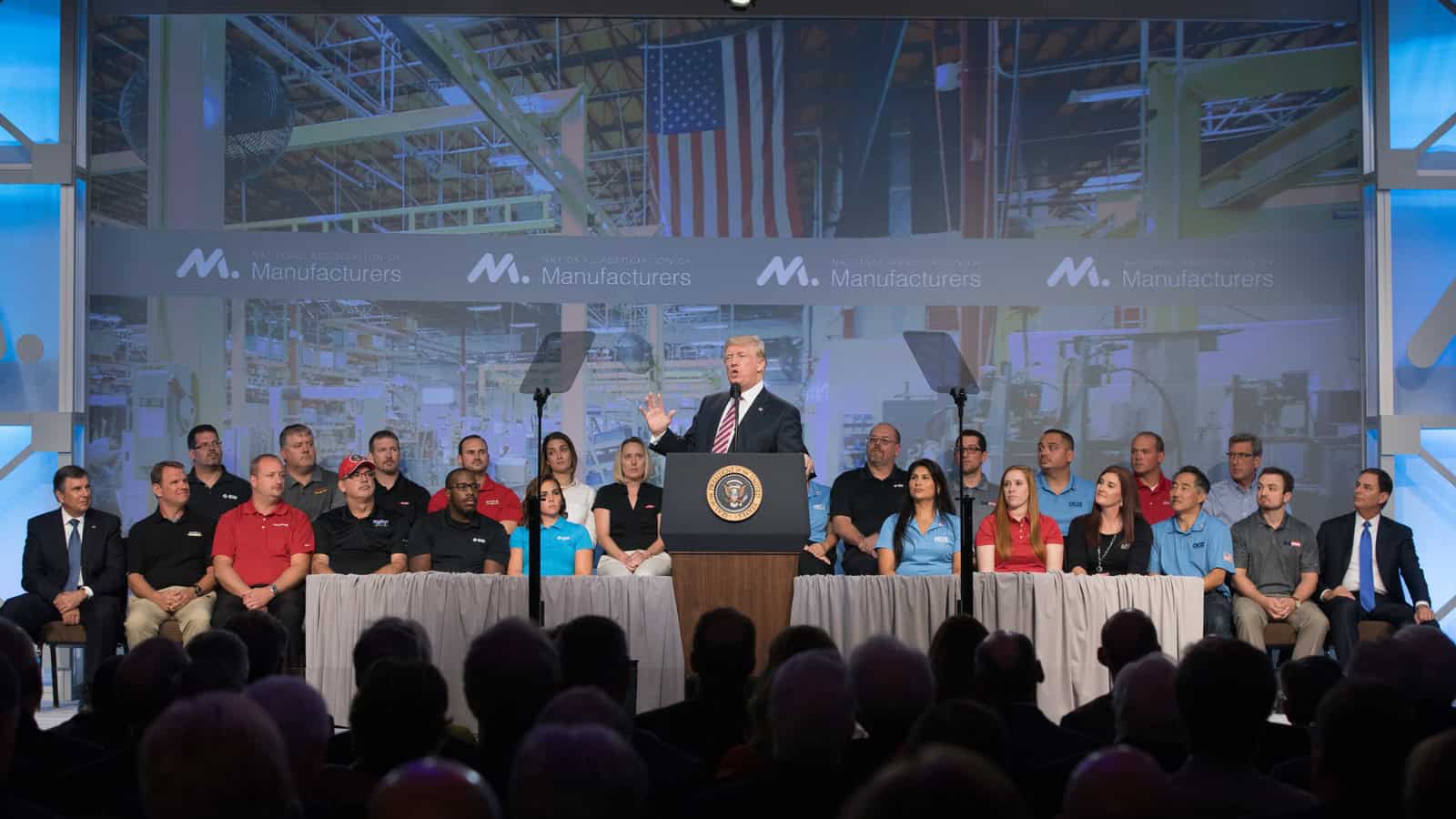
President Trump’s first term delivered significant wins for manufacturing in the United States, from tax reform to a regulatory overhaul to new trade agreements. Now, as the president-elect gears up for a second term, we look back on the transformational achievements and the NAM’s role in shaping policies that revitalized manufacturing in the U.S.
“Rocket fuel”: President Trump took the stage at the NAM’s board meeting in September 2017, where he laid out his tax reform agenda, describing it as “rocket fuel” for the U.S. economy. This was no ordinary policy effort—it was a generational initiative that would reshape industry in the United States.
- The impact: The Tax Cuts and Jobs Act delivered a 21% corporate tax rate while instituting full and immediate expensing for capital investments, improved interest deductibility and provided other critical provisions for small manufacturers and the entire industry.
- As a result, manufacturers nationwide reported record optimism, expanded operations, hired more workers, increased wages and benefits and reinvested in their communities.
Regulatory certainty: Recognizing that excessive regulations were stifling growth, the Trump White House asked then-NAM Board Chair David Farr in the first half of 2017 to compile a report from NAM members on the regulations causing them the most harm. The NAM team worked closely with administration leaders to address these pain points, compiling a list of 158 regulations for reform, with an emphasis on regulatory predictability and simplicity.
- The impact: By the close of Trump’s first term, more than 90% of the NAM’s regulatory recommendations were addressed or nearing completion. This unprecedented relief helped manufacturers focus on growth, product innovation and expansion.
Stronger deals: The Trump administration kept manufacturers and the NAM at the table, forging a trilateral deal to strengthen manufacturing’s competitive edge.
- The impact: Thanks in large part to manufacturers’ persistent advocacy work with lawmakers on Capitol Hill, the United States–Mexico–Canada Agreement was signed into law, restoring trade certainty for the North American markets that support millions of manufacturing jobs in the United States.
- While the NAM continues to pressure Mexico and Canada to live up to their commitments, the agreement strengthened businesses in the U.S. by ensuring updated trade standards, bolstering protections for intellectual property and digital trade and enhancing cooperation among North American partners.
Energy independence: Under President Trump’s administration, the NAM advanced an all-of-the-above energy strategy that included expanded domestic energy production and efficiency efforts. The NAM partnered with the Environmental Protection Agency and the Department of Energy to promote practices that both protected the environment and advanced innovation for a sustainable future.
- The impact: As former Trump EPA Administrator Andrew Wheeler pointed out recently at NAM headquarters in Washington, the rollback of restrictive energy regulations and the decision to maintain workable standards empowered manufacturers to increase domestic energy production, which reduced costs and bolstered energy independence.
- This balanced approach allowed manufacturers to meet consumer demand, strengthen supply chains and make greater contributions to America’s economy and environmental stewardship.
Safeguarding American IP: Confronting unfair trade practices with China was another priority. In 2019, the NAM worked closely with the White House to secure the “phase one” trade deal with China, which was designed to strengthen protections for American IP and help level the playing field for manufacturers in the U.S.
- The impact: The agreement established enforceable trade standards with China, aiming to protect U.S. innovations and support American jobs.
Operation Warp Speed: As the COVID-19 pandemic unfolded, manufacturers were at the forefront of the response. The NAM and its members partnered with the Trump administration to secure essential operations activity to implement Operation Warp Speed, a public–private partnership that fast-tracked the development, manufacturing and distribution of vaccines.
- The impact: Operation Warp Speed delivered lifesaving vaccines in record time, saving millions of lives, ending the global pandemic and demonstrating the unequaled capacity of American innovation and manufacturing.
Dignity of work: To address the skills gap, the Trump White House created the American Workforce Policy Advisory Board, naming NAM President and CEO Jay Timmons a member. Alongside other manufacturing leaders, and with the support of the NAM’s workforce development and education affiliate, the Manufacturing Institute, Timmons worked with the administration to elevate manufacturing careers and expand access to training. In a key event, the NAM and Ivanka Trump, who received the Alexander Hamilton Award for her leadership in championing manufacturing, launched the Creators Wanted Tour in 2020 to inspire the next generation of manufacturers and close the skills gap.
- The impact: Creators Wanted became the largest industry campaign to build excitement about modern manufacturing careers, highlighting the industry’s high-tech, well-paying jobs and reinforcing its role in supporting the American Dream. The campaign helped shift parents’ positive perception of manufacturing careers from 27% to 40% and signed up more than 1.5 million students and career mentors to learn more about manufacturing careers.
Bottom line: “President Trump’s first term reshaped what’s possible for manufacturing in the United States,” said NAM Executive Vice President Erin Streeter. “As he prepares to lead again, manufacturers have the benefit of building on a strong foundation with the president-elect as well as the purpose and pride that the industry brings out in lawmakers on both sides of the aisle.”
NAM Emphasizes USMCA, Protecting Investors in Mexico Meetings

In high-level meetings with government, manufacturing and trade group leaders held in Mexico last week, the NAM hammered home a key message: For North American manufacturing to remain globally competitive, Mexico must protect investor holdings in the country.
What’s going on: During a jam-packed three-day visit to Mexico City, NAM President and CEO Jay Timmons and an NAM contingent met with top officials in the new Sheinbaum administration, as well as leadership at multiple agencies and associations.
- These included newly appointed Deputy Trade Minister Luis Rosendo Gutiérrez, the Business Coordinating Council (CCE), the Confederation of Industrial Chambers of Mexico (CONCAMIN), the Mexico Business Council (CMN), the National Council of the Export Manufacturing Industry (INDEX) and others.
What they said: The NAM’s main message at each gathering was the same: Companies investing in Mexico need assurance that their portfolios will be protected regardless of the fate of proposed judicial reforms in the country.
- The NAM also underscored the importance of the U.S.–Mexico–Canada Agreement, which is due for review in 2026, and the necessity of ensuring that the deal is upheld for all three parties.
- If its terms are respected, USMCA could help North American manufacturing outcompete China.
On China: This week, just days after his office’s meeting with the NAM, Gutiérrez announced that the Sheinbaum administration will seek U.S. manufacturers’ help to reshore—mainly from China—the production of some critical technologies (The Wall Street Journal, subscription).
- “We want to focus on supporting our domestic supply chains,” he told the Journal, adding that talks with U.S. companies are still in the informal stage.
The NAM says: “Manufacturing is at the heart of the USMCA,” said NAM Vice President of International Policy Andrea Durkin, who was part of the NAM group on the ground in Mexico. “The NAM intends to work to ensure that the agreement strengthens the competitiveness of manufacturers.”
New DOD Loan to Fund “Critical Technologies” Manufacturing
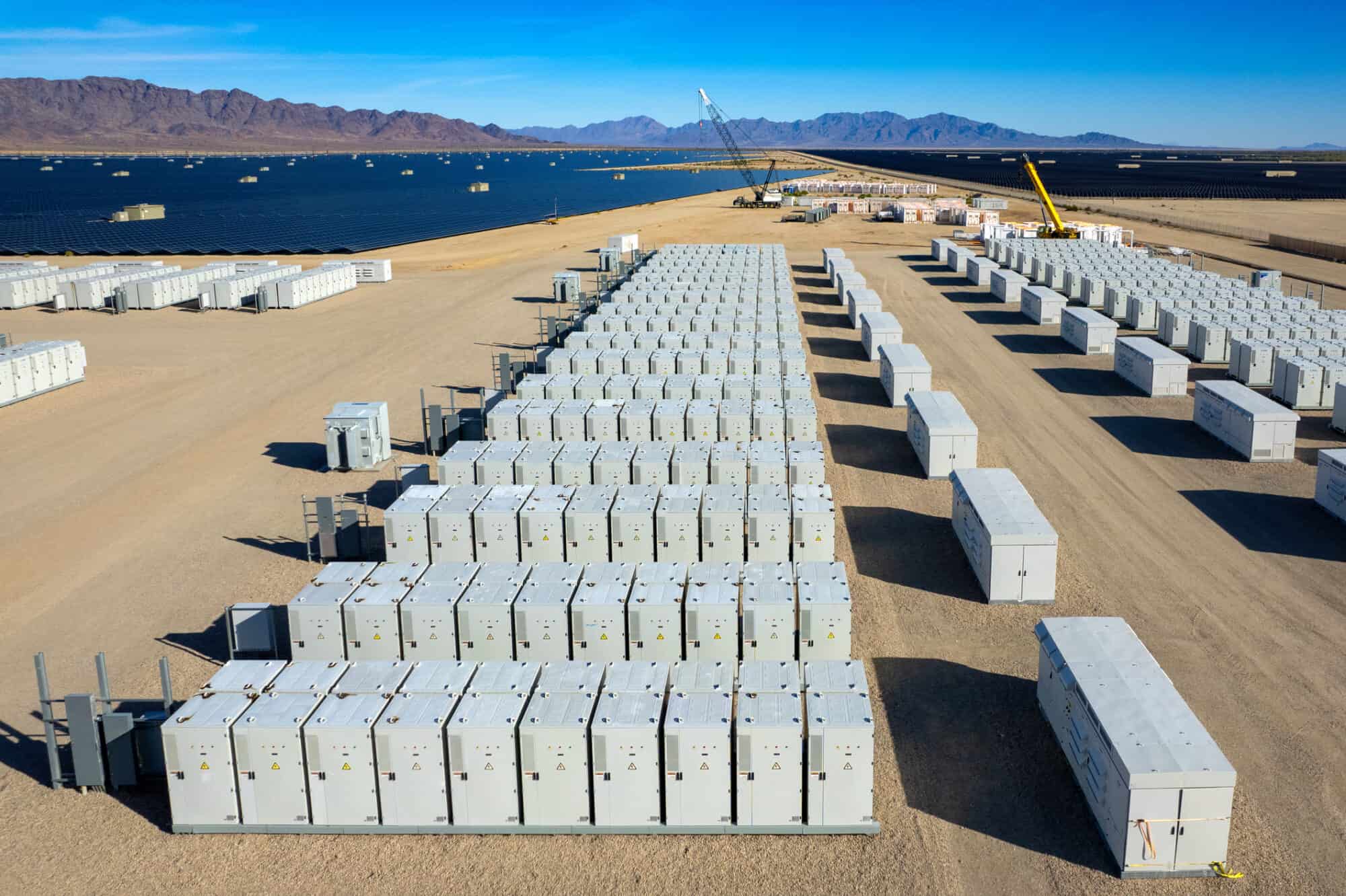
The Defense Department’s Office of Strategic Capital is now accepting applications for flexible direct loans to build, expand and/or modernize “critical technologies” facilities (Federal Register).
- It’s also seeking input from companies and trade associations on the Defense Department’s loan program, via a Request for Information open through Oct. 22 (Federal Register).
What’s going on: The OSC’s credit program, launched Sept. 30, aims “to attract and scale private capital in industries and technologies that are critical to America’s national and economic security,” according to the Defense Department. This is part one of the application process.
- The financing is geared toward manufacturers that must spend significantly on industrial or specialty equipment to create new assembly lines in existing facilities.
- The money is also intended to help them cover “soft” expenses, such as factory preparation and installation, associated with critical technology projects.
Why it’s important: “The funding from this program could benefit manufacturers of all sizes that are working to expand their businesses and product lines in critical areas of the economy,” said NAM Director of Energy and Natural Resources Policy Mike Davin.
- The OSC loans offer flexible terms, a U.S. Treasury-comparable interest rate, long repayment periods and deferred payments.
Who’s eligible: Manufacturers within the 31 “Covered Technology Categories”— which include advanced manufacturing, cybersecurity, battery storage and spacecraft—are encouraged to apply.
- There is no company-size or employee-number threshold or limit, and manufacturers with existing federal grants are eligible.
J&J: Price Controls, PBMs Problematic
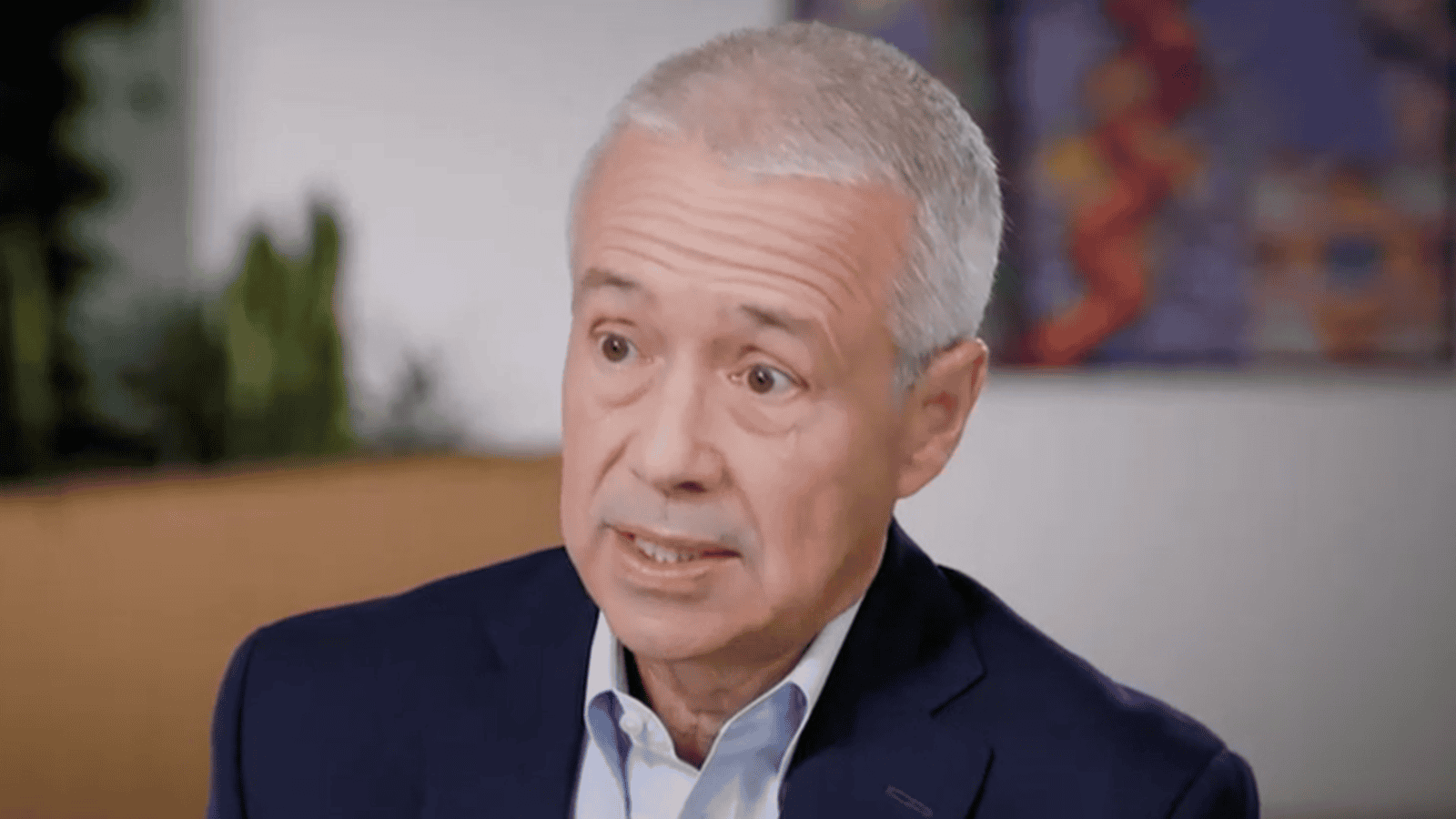
Drug price controls will “chill” critical innovation in pharmaceutical manufacturing and do nothing to address the underlying causes of high medication costs, Johnson & Johnson leaders said recently.
What’s going on: J&J Chairman and CEO Joaquin Duato and Executive Vice President and Chief Financial Officer Joseph Wolk told Bloomberg TV earlier this month that the pharmaceutical price controls mandated by the 2022 Inflation Reduction Act do a disservice to patients everywhere.
- “[T]he Inflation Reduction Act … is something that is misguided, and it’s going to chill innovation,” Duato told Bloomberg’s David Gura earlier this month. “When you chill innovation on investment in [research and development], then you have [fewer] cures.”
- The IRA gave the federal government authority to set prices for certain prescription medications in Medicare. In August, the Biden administration released the first 10 Medicare prescription drugs subject to those price controls, which go into effect in 2026.
- “I’d like to see a much more fact-based dialogue around the topic of drug pricing,” Wolk added. “About six years ago, Johnson & Johnson … was paying about 25% in discounts and rebates off [the] list price [of medications]. Today, that [figure is] 60%, yet the patients aren’t receiving the benefit of those discounts.”
The background: Pharmacy benefit managers are supposed to pass the manufacturer discounts they receive on to health plans and patients—but instead, they frequently pocket the discounts, the NAM has told Congress on several occasions.
- That’s one of several problematic business practices Congress must end by enacting comprehensive PBM reform, the NAM has said.
- Such legislation would do far more to benefit consumers than capping drug prices.
Cause and effect: The result of price controls will be fewer breakthrough cures and treatments for patients suffering from various illnesses, J&J told Bloomberg TV.
- “The number of medicines that will be there will be [lower], just because [fewer] investors would be putting money into developing new medicines,” Duato continued. “It’s going to be less attractive for investors to put money there.”
- And as Wolk said in another Bloomberg segment: “Investing in R&D, prioritizing R&D years in advance for [a drug] that may happen 10 years down the road is critically important.”
What should be done: If Congress truly wants to help patients with the cost of medications, it must focus on “the middlemen who are really driving up prices: pharmacy benefit managers,” NAM President and CEO Jay Timmons said recently.
NAM-Supported Bills Clear House Committee

The NAM this week advocated the passage of two pieces of manufacturing-critical legislation, successfully driving the agenda of a Wednesday House Energy and Commerce Committee markup.
What’s going on: The committee—with the NAM’s strong support—approved two bills that address longstanding manufacturing priorities:
- A congressional resolution disapproving of the Environmental Protection Agency’s harmful PM2.5 rule
- A bill instituting important pharmacy benefit manager reforms
Reversing an unworkable PM2.5 standard: The EPA announced a new, more restrictive particulate matter standard in February, reducing allowable levels from 12 micrograms per cubic meter of air to 9 micrograms—despite a standard of 9 being “essentially background levels in some of the country,” as the NAM has pointed out.
- “Manufacturers have sharply reduced particulate matter emissions, or PM2.5; as a result, industry in the United States has some of the cleanest and most efficient operations in the world,” NAM Vice President of Domestic Policy Chris Phalen told the committee.
- “Now, the vast majority of emissions are from sources well outside of our control, with fires, dirt roads and other nonpoint sources accounting for 84% of PM2.5 emissions,” Phalen continued. “[T]he EPA’s rule will make it more difficult for states to issue permits for the construction of new facilities or expansions of existing factories.”
- The committee’s PM2.5 resolution, offered under the Congressional Review Act, seeks to overturn the EPA’s unworkable standard.
Reforming PBMs: PBMs are unregulated middlemen whose business practices drive up health care costs for manufacturers and manufacturing workers.
- “By applying upward pressure to list prices that dictate what patients pay at the pharmacy counter, pocketing manufacturer rebates and failing to provide an appropriate level of transparency about their business practices, PBMs increase health care costs at the expense of all patients in America,” NAM Vice President of Domestic Policy Charles Crain said.
- Provisions in the NAM-supported Telehealth Modernization Act would increase transparency into PBMs’ business practices and delink their compensation from medicines’ list prices.
The last word: “Manufacturers commend the Energy and Commerce Committee for approving these important bills, which will reduce costs and enhance growth at manufacturers across the country—allowing our industry to continue to create jobs here at home and drive U.S. competitiveness on the world stage,” said NAM Managing Vice President of Policy Chris Netram.
Techmer PM Offers Safe Alternatives to PFAS for Manufacturers

The search for alternatives to chemicals called PFAS has been going on for years. Recently, materials design company Techmer PM created one—a new chemical for use in polymer processing.
The new solution: Last year, the Clinton, Tennessee–based manufacturer introduced the HiTerra T5—a polymer processing aid that helps maintain film surface smoothness and die-lip buildup—which replaces traditional chemistry based on per- and polyfluoroalkyl substances.
- The HiTerra T5, which meets Environmental Protection Agency guidelines and does not interfere with other additives, is being used in large-scale commercial undertakings by Techmer PM customers.
Why it’s critical: In March, the EPA issued the first federal reporting limits and guidelines for tracking the use of PFAS in manufacturing, along with other PFAS-related regulations. Individual states are also imposing their own restrictions on PFAS chemicals.
- The current regulatory environment is motivating plastics processors and raw materials suppliers to seek new alternatives to this chemistry.
- “The biggest challenge is that fluorinated chemistry is excellent at reducing friction, reducing melt fracture, improving hydrophobicity, stain resistance and helping the processing that manufacturers use, for example, to make film,” Techmer PM CEO Mike McHenry told the NAM in a recent interview. “It also helps with wear on small gears. It’s very effective, and it has unique properties that customers are accustomed to.”
More replacement efforts: Techmer PM is working closely with its customers to come up with additional PFAS alternatives, McHenry said.
- Because one of PFAS’ most useful characteristics is its ability to resist fire, “we’re looking at ways to remove halogen flame retardants, including fluorinated compounds” and find a comparable alternative for customers, McHenry said.
Unrealistic timelines: While the firm is hard at work developing potential replacements, the stringent deadlines that the EPA has set for the reporting and potential elimination is damaging, McHenry told us.
- “It can take years to get use approval [for alternatives], and finding them is a huge challenge in itself,” he went on. “We see the timelines being put forth as something that needs to be looked at, and [manufacturers] need support.”
- “For some uses—tubing, for example–it’s going to be very difficult to find something that will work the way fluorinated chemistries do. As much as we all want to move away from [PFAS], there are some instances in which it will be worse” to rush the search than continue using PFAS, he added.
- One of these areas is medical devices, McHenry said. The gowns used to protect surgeons and nurses, for example, are coated in PFAS-containing substances, which “will be very difficult to replace.”
The long view: For many applications, dependable alternatives will likely be found at some point, McHenry concluded.
- “I think we’ll find alternatives, but it’s not one-size-fits-all, and it will take time,” he said. “The versatility of fluorinated compounds is unique.”
Rep. Garbarino, NAM Talk CIRCIA Flaws
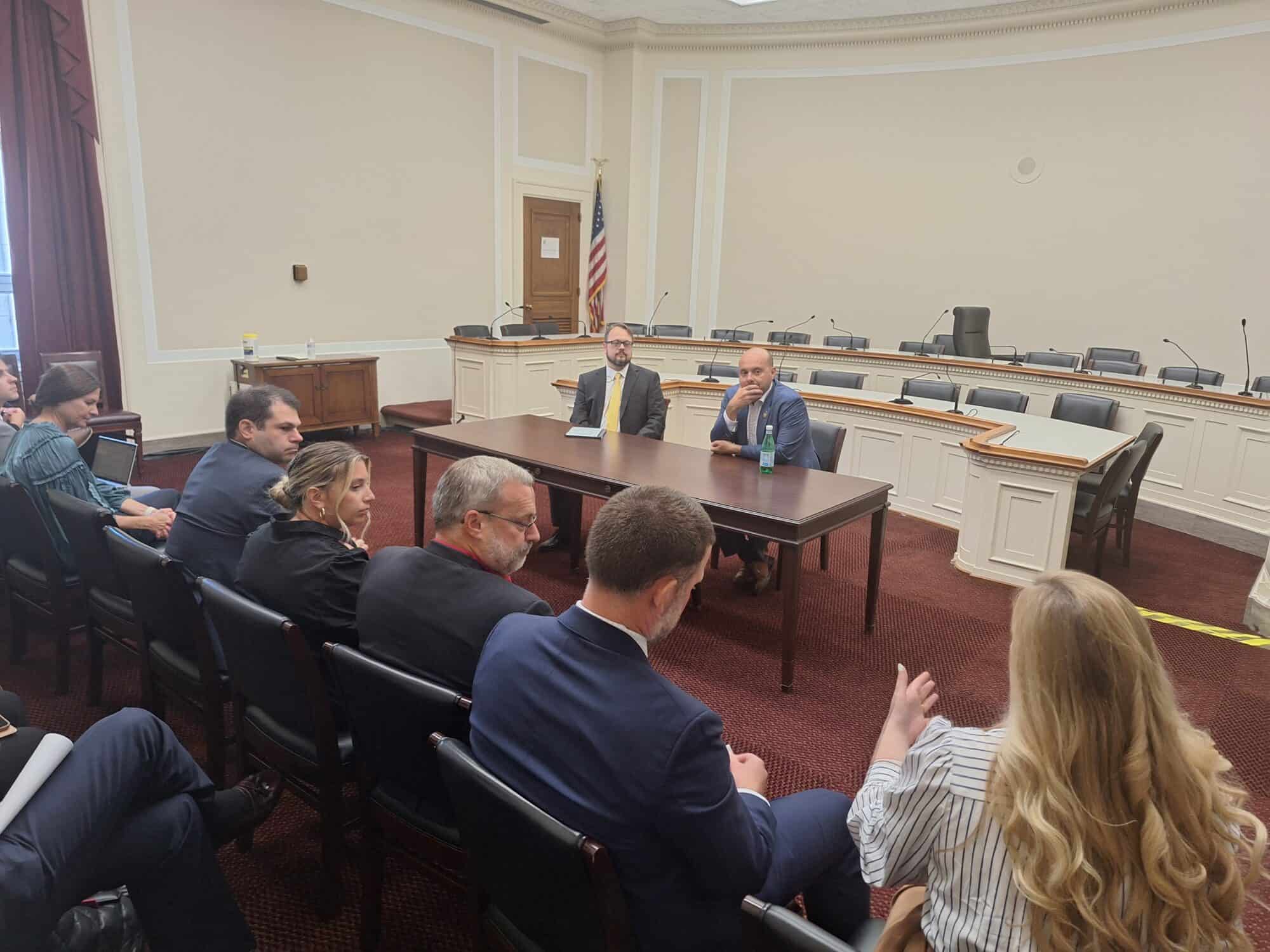
A draft Department of Homeland Security rule requiring that certain sectors expedite cyber-incident reporting has several shortcomings that must be addressed before the rule becomes final in the fall of 2025, the NAM told Rep. Andrew Garbarino (R-NY) in a meeting this week.
What’s going on: Rep. Garbarino, chair of the House Homeland Security Subcommittee on Cybersecurity and Infrastructure Protection, met with manufacturers and the NAM Technology Policy Committee Tuesday to talk cybersecurity issues.
- Much of the discussion focused on draft rulemaking published in April by the DHS’s Cybersecurity and Infrastructure Security Agency. It would require “covered entities” in “critical infrastructure sector[s]” to report any major cybersecurity incidents to CISA within 72 hours.
- Under the Cybersecurity Incident Reporting for Critical Infrastructure Act, CISA must finalize the rule by October 2025.
Why it’s a problem: The NAM agrees with the concerns Rep. Garbarino raised with CISA, including:
- The burden associated with imposing onerous reporting mandates on companies recovering from cyberattacks;
- An overbroad scope, which forces into compliance both organizations that are not truly “critical infrastructure” and those that are too small to have the resources needed to complete the required actions;
- An overbroad definition of incidents requiring reporting;
- An excessive amount of required information;
- An unreasonably high cost of compliance and the diversion of resources away from cyber-incident response; and
- The risk that the proposed rule will jeopardize CISA’s role as a trusted partner of industry.
NAM in action: The NAM submitted comments in response to CISA’s proposal earlier this year outlining these concerns, as well as calling for a reduction in both the number of entities required to file incident notifications and the number of incidents they have to report.
The NAM says: “CISA needs to significantly rethink its approach to CIRCIA’s implementation,” said NAM Senior Director of Technology Policy Franck Journoud.
- “The proposed rule requires far too much information about far too many incidents from far too many companies. CISA should not mandate that companies under attack from hackers divert precious security resources to generate mountains of incident data that CISA will not have the means to process or act upon.”
Take precautions: If you are looking to strengthen your company’s cyber protections, check out NAM Cyber Cover, an affordable, broad security program for NAM members that provides proactive monitoring with automated alerts at no extra cost.
NAM Launches Ad Campaign for PBM Reform

The NAM has launched a new wave of ads in D.C. and nine states, extending its seven-figure campaign urging policymakers to reign in pharmacy benefit managers, underregulated middlemen who drive up the costs of prescription medications for manufacturers and manufacturing workers.
A quick refresher: PBMs sit in the middle of the health care industry, negotiating with employer health plans, insurers, biopharmaceutical manufacturers, pharmacies and other players to determine what prescriptions employees can access and what they pay for them. While their job is ostensibly to reduce the costs of medicines, often they do the exact opposite.
- PBMs have been found to steer patients toward pricier options, inflict steep mark-ups and hidden fees and even pocket large portions of the rebates that biopharmaceutical manufacturers intend for American workers and their families.
NAM in action: The NAM has been a staunch voice supporting PBM reform on Capitol Hill, recently laying out manufacturers’ concerns for the House Committee on Oversight and Accountability.
- The committee conducted its third hearing on PBM overreach in July, when it also released a highly critical report on PBMs that echoed many of the NAM’s concerns.
- In addition, the NAM is supporting several key measures to increase oversight of PBMs’ business models and reform their pricing strategies, including the DRUG Act and the PBM transparency provisions in the Lower Costs, More Transparency Act.
What Congress should do: The NAM is advocating for three major reforms to the PBM system, including:
- Increasing transparency in PBMs’ business models, including how their compensation influences health care decisions and how their policies dictate a medicine’s cost and formulary placement;
- Rebate pass-through, which will ensure health care savings are passed directly to manufacturers and their workers rather than being pocketed by PBMs; and
- Delinking PBMs’ compensation from a medicine’s list price, removing their incentive to put upward pressure on list prices to maximize their own profits.
Benefits for all: The NAM is calling on Congress to enact these reforms in the commercial insurance market, not just in government programs like Medicare and Medicaid, so that all Americans can enjoy lower-cost health care benefits.
What to watch: The NAM is calling on Congress to act on this issue during the lame-duck session following the election.
Meet the Manufacturing Leader of the Year
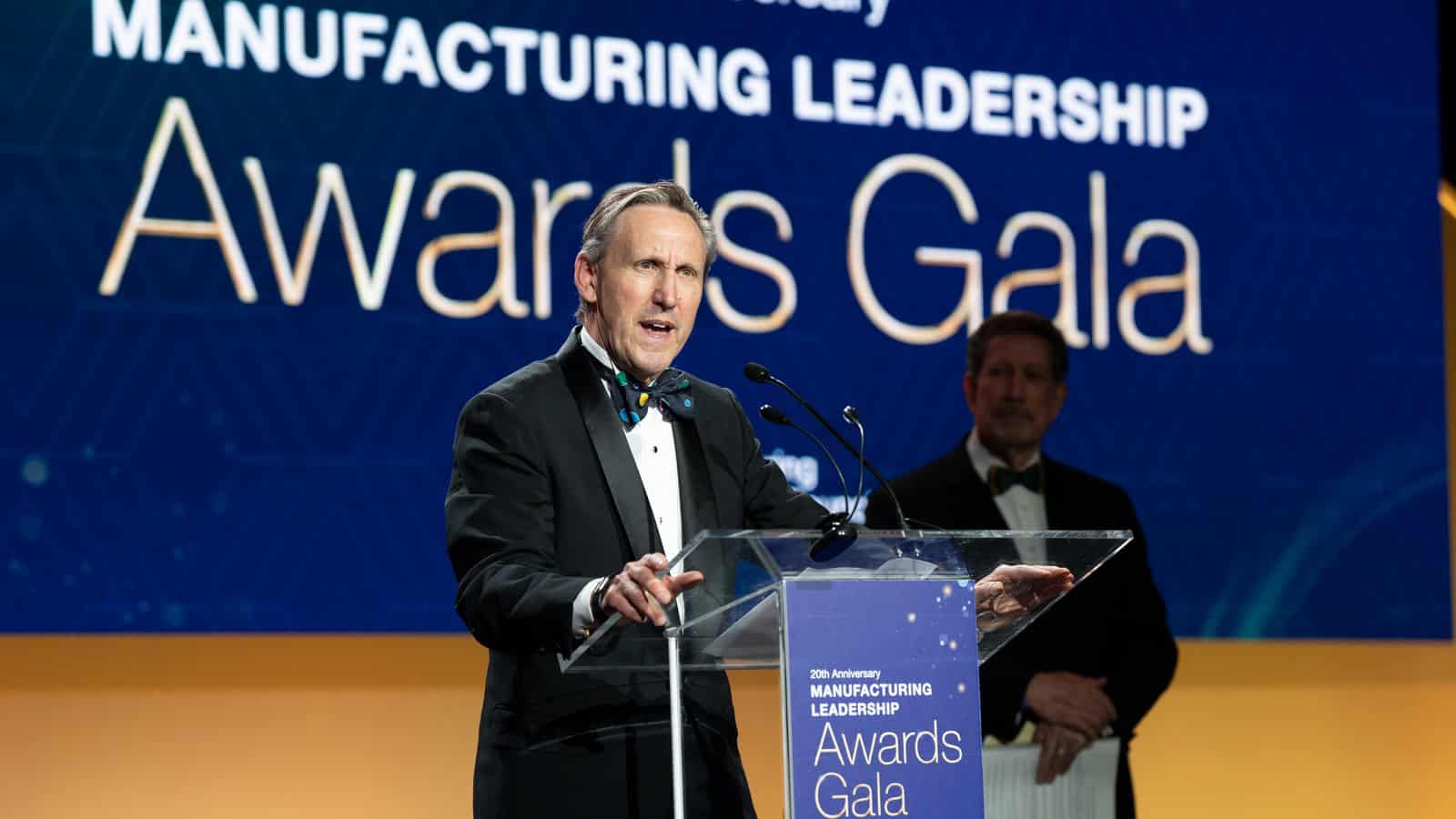
If you’re looking for insights on digital transformation, cultural change and what’s ahead for manufacturing, it pays to consult an industry leader. Dan Dwight, president and CEO of Cooley Group, fits the bill.
Dwight was named the 2024 Manufacturing Leader of the Year in the Manufacturing Leadership Awards, presented by the Manufacturing Leadership Council, the digital transformation division of the NAM. Additionally, Cooley Group won the Small/Medium Enterprise Manufacturer of the Year and the Manufacturing in 2030 Award.
Recently, Dwight sat down for an Executive Dialogue interview with the Manufacturing Leadership Journal to share his secrets to success. Below are excerpts from the interview.
What leaders need: When asked what qualities manufacturing leaders need in the digital era, Dwight says that they must be willing to undergo big changes, but must also keep their teams in the loop.
- “Successful leadership in the digital era demands, among other things, a higher level of transparency,” he explained. “Your team needs to see the road map in front of them because successful and sweeping transformations are extremely time consuming with a lot of jagged edges that the leadership team needs to address.”
How cultures should change: As for the wider cultural changes that will help a company through its digital transformation, resiliency and adaptability are crucial, Dwight said.
- “Cooley’s digital transformation began with a cultural transformation built around becoming more agile and adaptable,” he noted. “Every decision we make places long-term resiliency and cross-functional collaboration as our operational North Star.”
- “Cooley decentralized our decision-making structures, eliminating hierarchal instruction and empowering team members to communicate transparently and more frequently,” he added.
Small manufacturers’ advantage: When asked whether small and medium-sized manufacturers are at a disadvantage in the era of digital transformation, Dwight says that Cooley has turned its small size into an asset.
- “Our longevity is built on using our size to our advantage. We are more resilient, more agile, more adaptable than our competitors who are often [much larger] because we constantly invest in pro-growth strategies regardless of the economic environment,” he explained.
- “Our investments in innovation generate consistent new product revenue of over 20%, and our investments in Manufacturing 4.0 digitization generate consistent, robust productivity dividends,” Dwight added.
What’s next? Cooley Group is looking ahead to further transformations, including in supply chain management, Dwight said.
- “Our business architecture and change management team leaders are working within their respective teams across the organization to build into our processes a more outward-looking focus,” he said.
- “For example, our M4.0 implementation leader has added supply chain resiliency to her leadership responsibilities. Her team seeks to build out Cooley’s end-to-end business resilience.”
MLC in action: Dwight says that Cooley Group has always been able to count on the MLC to find the insights that it needs for digital transformation and its Manufacturing 4.0 journey. As he put it recently, “When challenges do arise, the MLC can help us think through what the future might look like.”
Watch a full video of this interview for more insights.